Metal Roofing
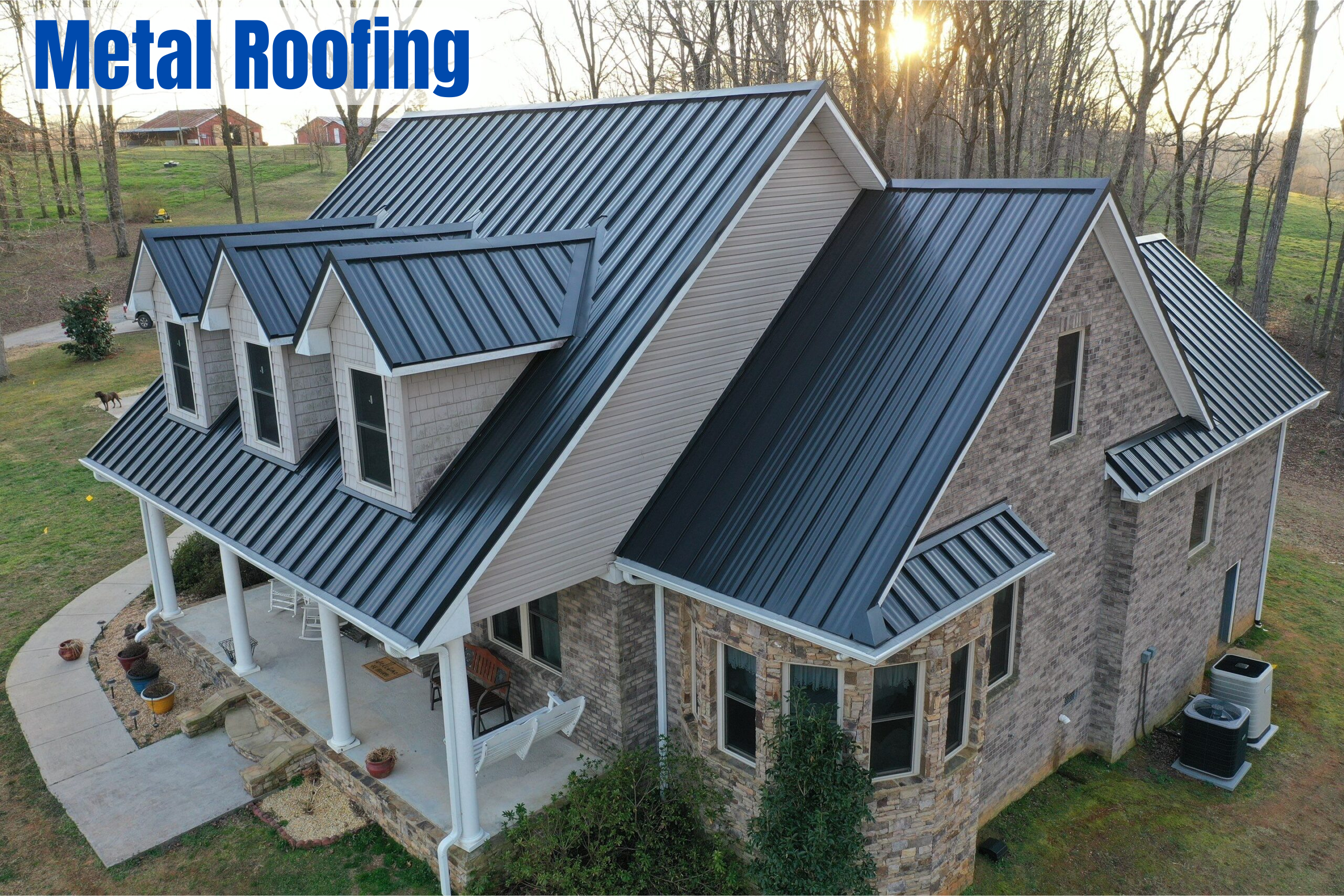
Like traditional asphalt rooves, metal rooves are installed over a layer of underlayment and roof decking, and include a system of vents allowing air to flow between the soffit and ridge. But unlike an asphalt roof system which consists of horizontal rows of overlapping shingles, a metal roof system interlocks vertically and consists of long vertical panels fastened to the decking with screws that are either exposed or concealed where the panels interlock. Unsurprisingly, on an exposed-fastener metal roof, the screws that hold the metal panels to the deck are exposed. On a concealed-fastener metal roof, also called a standing seam metal roof, the screws that hold down one panel are hidden under the edge of the next panel. Concealed-fastener or standing seam rooves are less likely to leak and need occasional maintenance. They also have a sleeker look. Both asphalt and metal systems are designed to protect the building from the weather, and metal roofing has both advantages and some disadvantages over asphalt shingles.
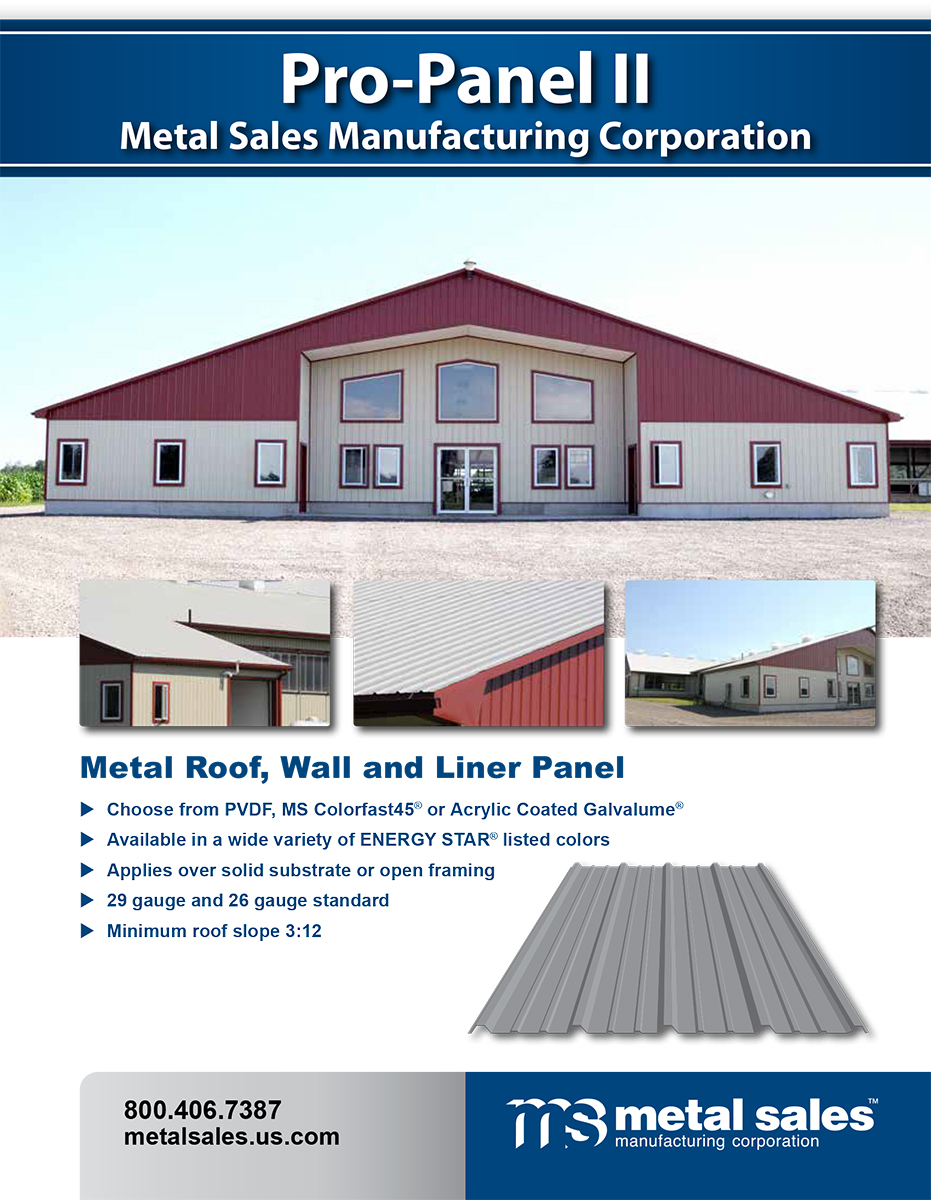
Materials
Per square foot, the materials of an exposed-fastener metal roof and those of an asphalt roof are about the same. However, the concealed-fastener, or standing seam metal roof can be three to five times as costly as an asphalt roof. Of course, there is a wide range of manufactures with varying levels of quality. Quality Hardware & Lumber only offers metal roofing materials from Metal Sales, the leader in the industry with sixty years of experience and more awards for excellence than any other manufacturer of metal roofing.
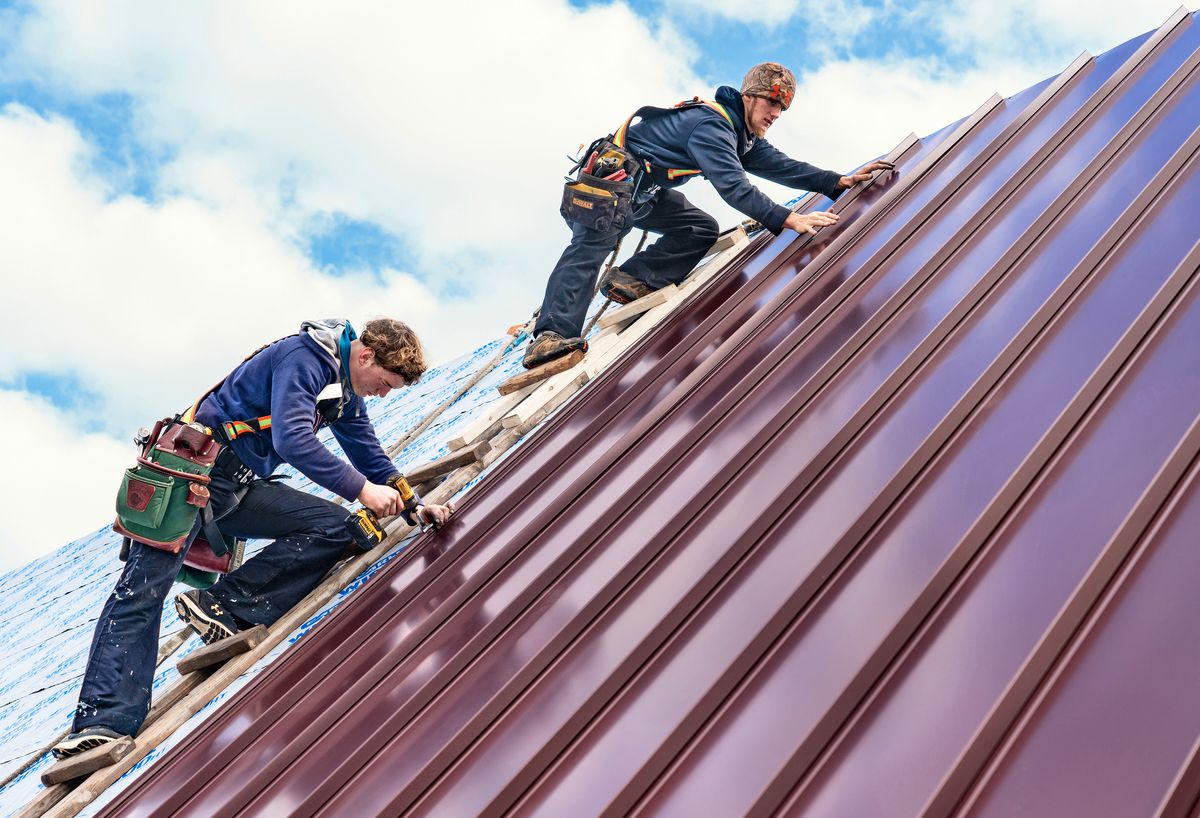
Installation
Compared to an asphalt roof, the installation of a standing seam metal roof requires more precision tools, skilled installers, and time. This makes installation of a metal roof more expensive. And since skilled workers are harder to find, it may take longer to find and schedule someone to install your roof. Once you have someone on the job, the precision nature of the work makes it take longer. An asphalt roof on an average residential home takes two to three days, while a metal roof takes up to a week or more depending on the complexity the roof surface.
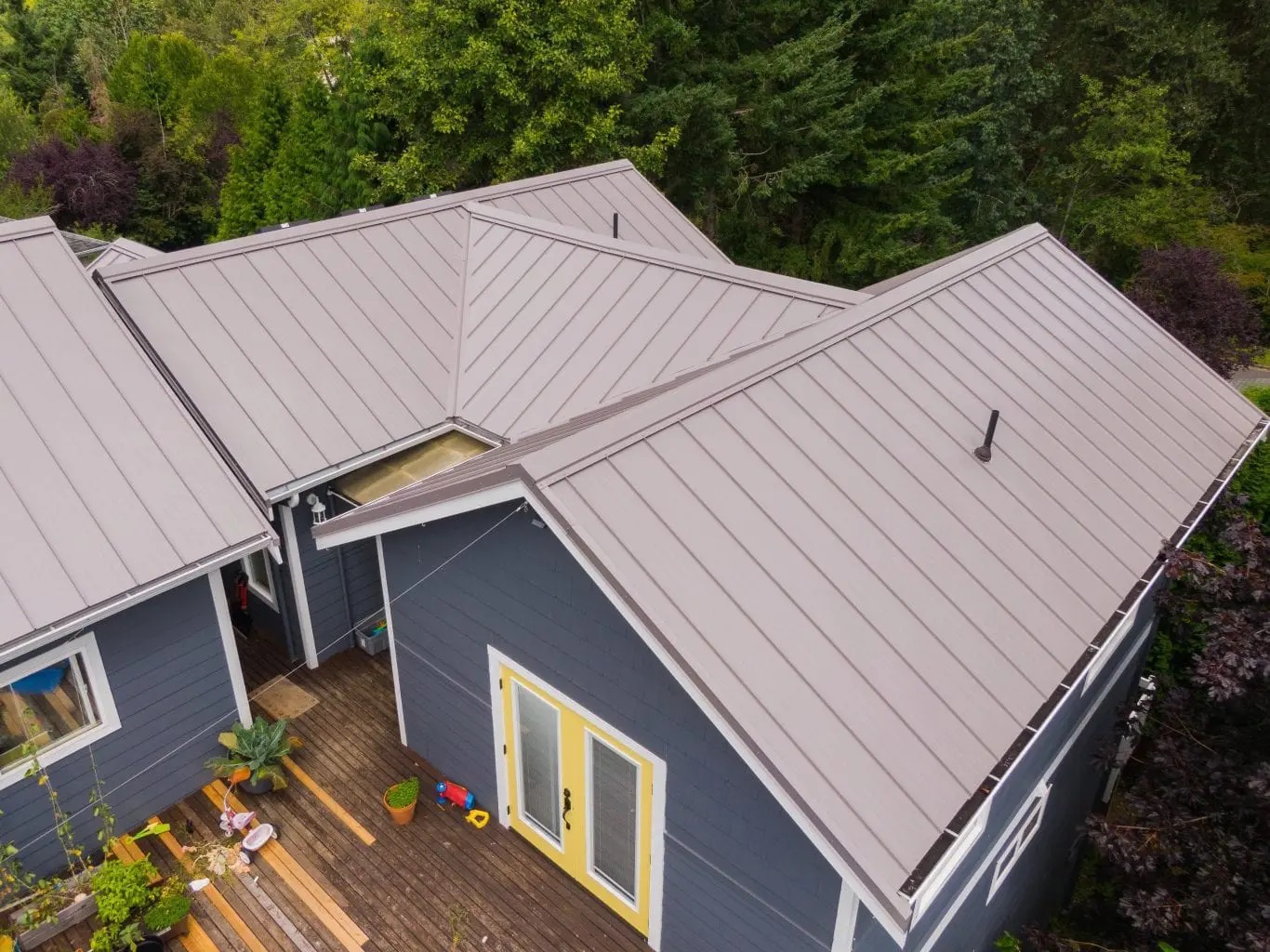
Durability
Metal rooves can last up to sixty years. That's three times as long as the average asphalt roof. They stand up better to extreme weather conditions, including strong winds. They are more effective at keeping rodents and other pests out. And roofing from Metal Sales is steel, so it is non-combustible and inherently Class A Fire Resistant.
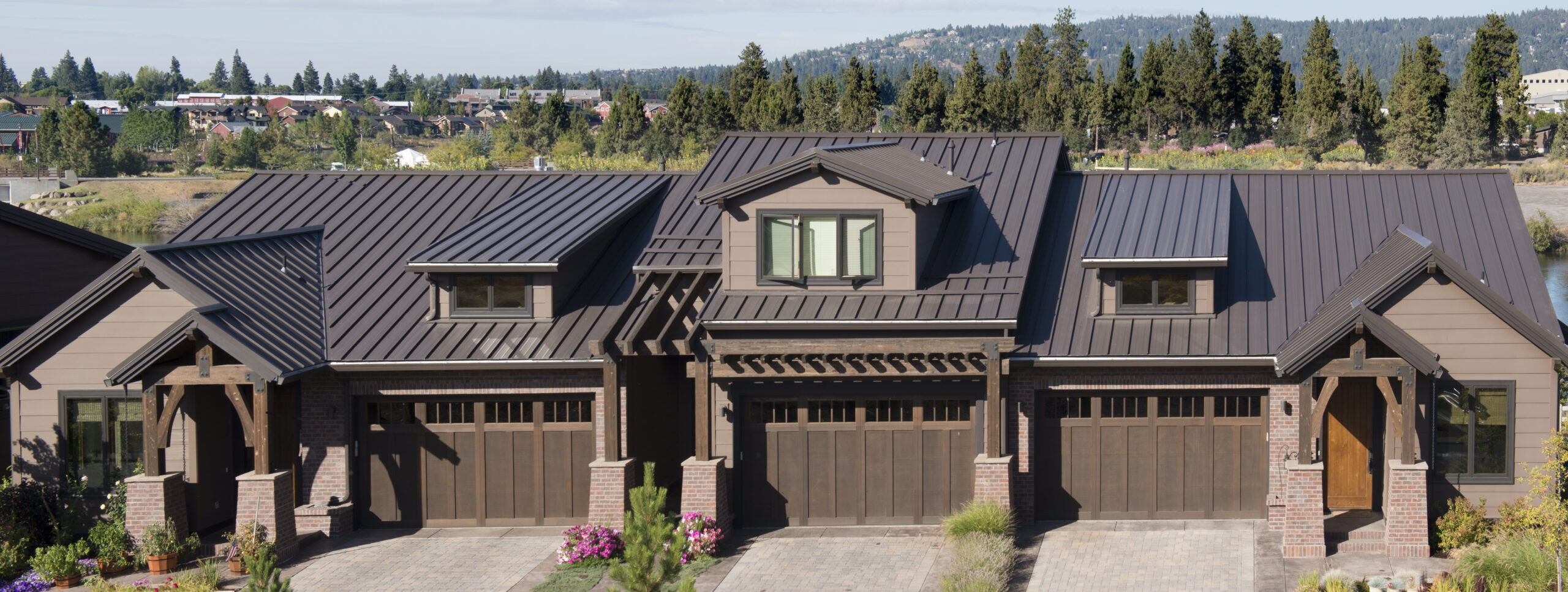
Ecology
Like all steel, metal roof panels from Metal Sales are 100% recyclable, so scraps from installation can be turned into new panels. And in sixty years or so, when the roof needs to be replaced, none of the panels will end up in a landfill. Depending on regional location and individual habits, a metal roof can save up to 40% on energy costs. The Cool-Color paint technology used by Metal Sales reflects the heat of the sun's rays, keeping a home an average of twelve degrees cooler in the summer months, significantly reducing cooling costs.
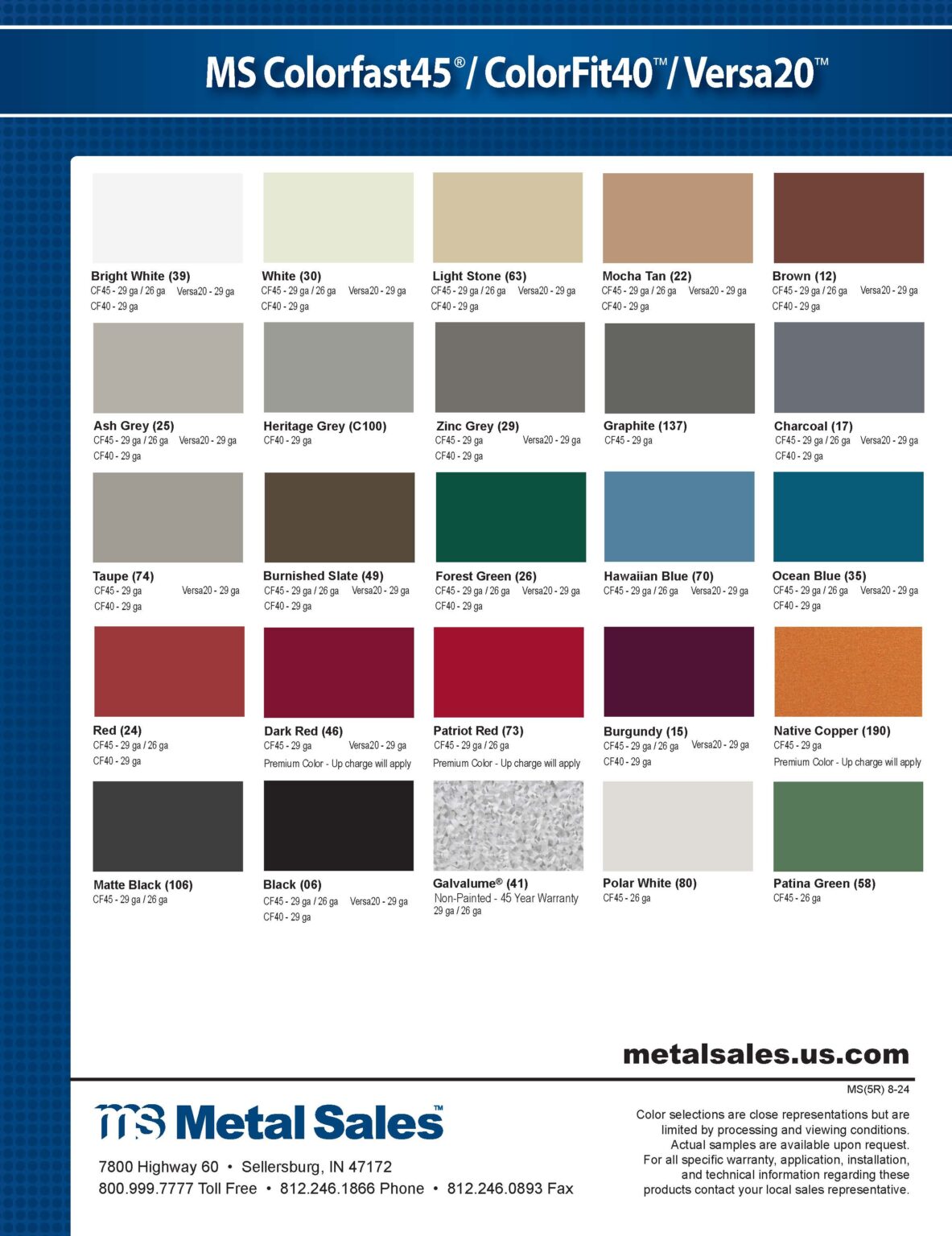
Conclusion
Although the up-front cost in time and money of a metal roof can seem daunting when compared to a traditional asphalt roof, the long-term benefits are undeniable. A metal roof will keep you dryer, safer, warmer in the winter and cooler in the summer and in the long run, a metal roof is the wiser choice for you, your wallet, and the planet.


